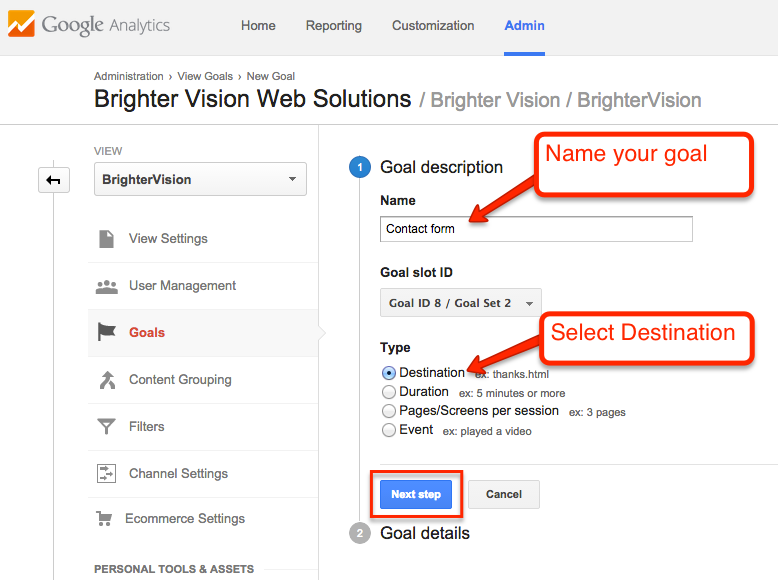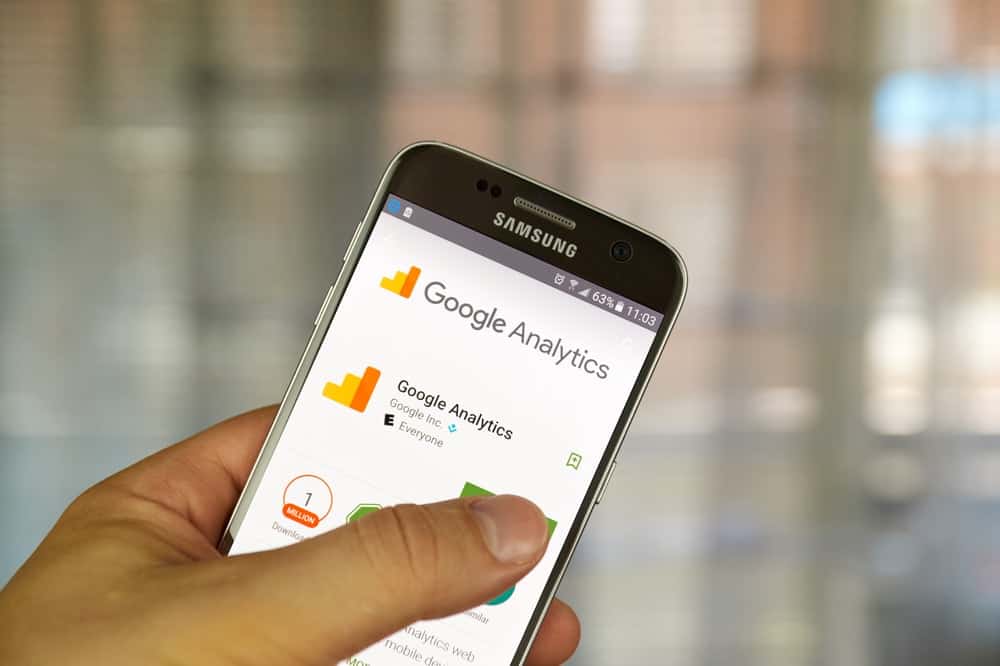Setting up Google Analytics for Digital Publishers
Oh sure, you’ve added the Google Analytics code to your site and check your stats to see what’s going on. But as a publisher, have you configured Google Analytics to best deliver important insights to your goals and objectives? To misquote Janet Jackson, “what has Analytics done for you lately”?

Let’s have a look at a couple of features in Google Analytics you should have enabled and be analyzing on a weekly basis to better understand your traffic and visitors.
Setting the right goals in Google Analytics
To start, we need to delve into the world of “Goals”. In the world of Google Analytics, it turns out that just about anything can be set as a goal. These are of tantamount importance because it’s how Analytics tracks conversions, and, well, conversions is how you can track valuable actions by visitors.

Let’s say that like me, you’ve decided that one important criteria for your site success is newsletter signups. That’s a goal: getting signups. While you’re at it, perhaps time on site is a goal too: every visitor who spends more than 90 seconds on your site is a win. Or, heck, you might also set another goal related to pages viewed per visit.
Three great goals and all valid even if you don’t have a whiff of commerce on your site. Publishers often gloss over goals in Google Analytics because they think they are only for B2B sites or e-commerce businesses. But, all publishers are doing themselves a disservice by not tracking events that are important to them.

To set up goals, go to the Goals section in Analytics and specify your target URL, target time on site, the target number of pages or similar. Give it a name like “newsletter signups” and add any specific pages or URLs involved in the sequence. For a newsletter signup, for example, that can be measured by the number of people who get to the thank-you.html page.
Now give it a few days and go back to see how you’re doing.
Learning from site search behavior
Do you have a Web site search engine hooked up so that visitors can search your site for specific content? Oh, that’s a gold mine of information and should be studied closely on a regular basis: it’s your visitors telling you exactly what they want to find on your site! It can also help you fine-tune keywords on your site too, of course, if you use one name for a product but your customers are focused on something else.
Did you know that Google Analytics can help you track these site searches? In the Admin area, go to Profile Settings and you’ll find Site Search Settings (below).

As with all Analytics data, now’s the time to go work on other aspects of your site for a week, then go back and check out all the great data you’re now collecting. I always try to answer two questions when I analyze this data on my own AskDaveTaylor site:
- What are the most popular searches
- What are people searching for that they can’t find?
In both cases, take the data, do those exact searches yourself, then ask yourself “is this right? is this optimal?” You’ll find that you can tweak titles to better match user searches and that there’ll be entire categories of information you could add to your site that you’ve never really thought about. Add ‘em!
Looking closely at visitor engagement
One of the most valuable and important things to measure if you’re a digital publisher is visitor engagement. This is a topic we have researched and discussed a lot recently.
Essentially, the takeaway with much of the research has been that session duration, bounce rate, and pageviews per visit are some of the best user experience metrics that publishers currently have; however, they are easily corrupted. You can track all of these stats currently in Google Analytics in about every way imaginable (by landing page, etc.).

What’s been discovered is that digging deeper into each of those metrics and looking at why a session may be long, or why a user might be visiting multiple pages, can be paramount to understanding the value that visitor has to advertisers. This means that improving traditional user experience metrics in Google Analytics might not be valuable or beneficial on it’s own. Affecting things like navigation bounces, engaged pageviews, and engagement time have a much stronger correlation with higher session revenue and things like SEO.
Getting outside the box
There’s so much more you can do with Google Analytics, but we’ll break some of this information into two parts. If you’d like more information about analyzing visitor engagement, check out Ezoic advanced reporting. Otherwise, stay tuned for more analytics insights next week.

